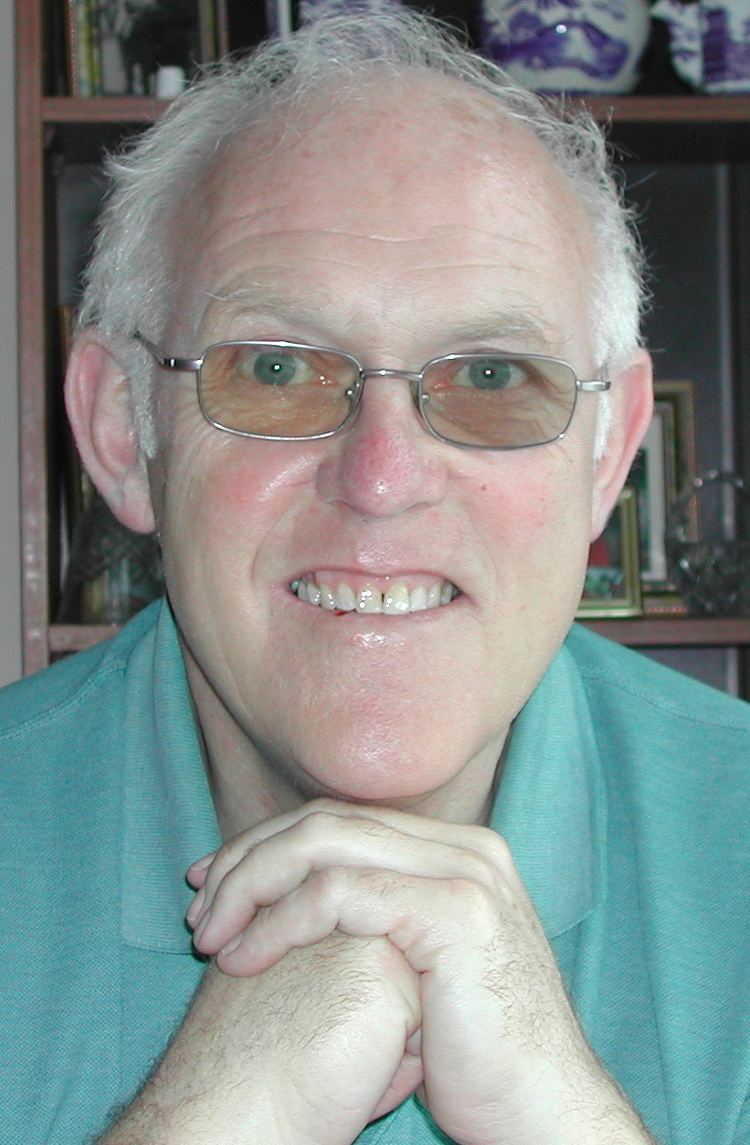Doctoral advisor László György Kovács | ||
 | ||
Born John Michael Brady
April 30, 1945 (age 71) ( 1945-04-30 ) Fields Medical imaging
Computer vision Thesis Just-non-cross varieties of groups (1970) Known for Kadir–Brady saliency detector Alma maters University of Manchester (BSc, MSc), Australian National University (PhD) Doctoral students Demetri Terzopoulos, David Forsyth Institutions University of Oxford Notable awards Fellow of the Royal Academy of Engineering (1992) Similar David Forsyth, Olaf Evjenth, Azriel Rosenfeld, Robert C Berwick, Richard W Paul | ||
(John) Michael Brady (born 30 April 1945) FRS is an Emeritus Professor of Oncological Imaging at the University of Oxford and a Fellow of Keble College, Oxford. He was formerly BP Professor of Information Engineering at Oxford from 1985 to 2010 and a Senior Research Scientist in the MIT Computer Science and Artificial Intelligence Laboratory (CSAIL) in Cambridge, Massachusetts.
Contents
Education
Brady was educated in the School of Mathematics at the University of Manchester where he was awarded a first class Bachelor of Science degree in Mathematics in 1966 followed by a Master of Science degree in 1968. He went on to study at the Australian National University where he was awarded a Doctor of Philosophy degree in 1970 for research into group theory supervised by László György Kovács.
Research and career
Brady is an authority in the field of image analysis, with an emphasis on medical image analysis.He has contributed algorithms for image segmentation, image registration and feature detection. He developed an influential mathematical model of the fluence of X-rays through the female breast as a basis for analysis of mammographic images. This work was done in collaboration with Ralph Highnam and pioneered an entirely novel “physics-based” approach. With Timor Kadir and Andrew Zisserman he introduced the influential Kadir–Brady saliency detector at the European Conference on Computer Vision in 2004. During his research career, Brady has supervised several students including David Forsyth and Demetri Terzopoulos.
Outside of academia, Brady has been involved with numerous start-up companies in the field of medical imaging including Matakina and ScreenPoint (mammographic image analysis), Mirada Medical (medical image fusion) and Perspectum Diagnostics (magnetic resonance imaging of the liver).
Awards and honours
Brady was elected a Fellow of the Royal Society (FRS) in 1997. His certificate of election reads:
Brady was knighted in the 2004 New Year Honours for services to engineering. He delivered the Turing Lecture in 2009. He was also awarded the Faraday Medal from the Institution of Electrical Engineers (IEE) in 2000, the Millennium Medal from the Institute of Electrical and Electronics Engineers (IEEE) in 2000. He is also an elected Fellow of the Academy of Medical Sciences (FMedSci) and the Royal Academy of Engineering (FREng).
